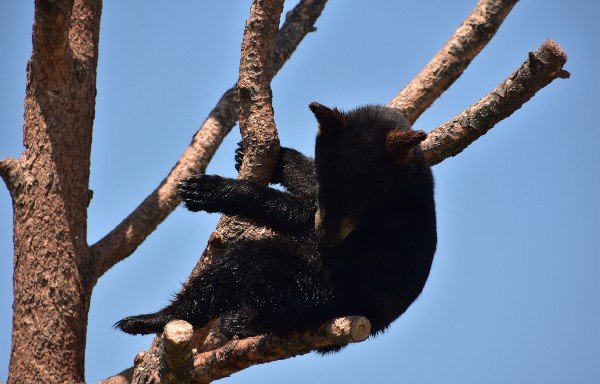The Remarkable Adaptations of Grizzly Bear Hibernation
Grizzly bears have evolved extraordinary survival strategies to withstand the harsh winter climates of their habitats. Their ability to consume vast amounts of food during the warmer months allows them to build essential fat reserves, which sustain them when food becomes scarce. Research shows that grizzly bears enter a hibernation period lasting between five and seven months each year, a phenomenon that continues to fascinate wildlife researchers and enthusiasts alike.
The Feeding Frenzy: Hyperphagia
As winter approaches, grizzly bears undergo a feeding frenzy known as hyperphagia. During this period, they consume up to three pounds of food per day, amassing crucial fat stores to sustain them through months of dormancy. This extreme caloric intake, averaging around 20,000 calories daily, ensures they have the energy reserves necessary to endure their prolonged hibernation period.
Preparing for Hibernation: Pregnancy and Denning
For pregnant grizzly bears, timing is everything. Mating typically occurs in May and June, but fertilized eggs do not immediately implant in the uterus. Instead, implantation is delayed until later in the year, coinciding with the beginning of hibernation. This biological adaptation allows female bears to conserve energy during the denning season while optimizing their chances of survival. Notably, an embryo will only implant if the mother has accumulated a sufficient amount of body fat, acting as a natural population control mechanism.
The Art of Hibernation
As temperatures drop, grizzly bears gradually enter hibernation, undergoing remarkable physiological changes. Their heart rate and breathing slow dramatically, reducing energy expenditure. Each bear meticulously constructs its den, selecting high-elevation slopes to provide insulation and protection from the elements. These dens, carefully built over several days, feature heat-efficient designs capable of withstanding extreme cold, with temperatures dropping as low as -60°F.
Unlocking Medical Mysteries
Beyond their ecological significance, grizzly bear hibernation offers promising insights for medical advancements. Scientists study this natural phenomenon to explore potential treatments for conditions such as diabetes and osteoporosis. Additionally, research into bear hibernation has sparked interest in its potential applications for organ preservation, which could revolutionize the field of human transplants.
Journeying to New Frontiers
Grizzly bear hibernation is also being studied as a model for future space exploration. Scientists envision the possibility of inducing a hibernation-like state in astronauts for long-duration space missions. By analyzing the metabolic adaptations of hibernating bears, researchers aim to uncover methods to sustain human life during extended space travel, potentially paving the way for missions to distant planets like Mars.
Experience the Wonders of Yellowstone Bear World
Embark on a journey of discovery at Yellowstone Bear World, where you can witness the awe-inspiring resilience of black bears and the iconic grizzly bears up close. Immerse yourself in their world and gain a deeper appreciation for these extraordinary creatures. Contact us today to schedule your unforgettable wildlife encounter at 208-359-9688 and experience the magic of Yellowstone Bear World.






